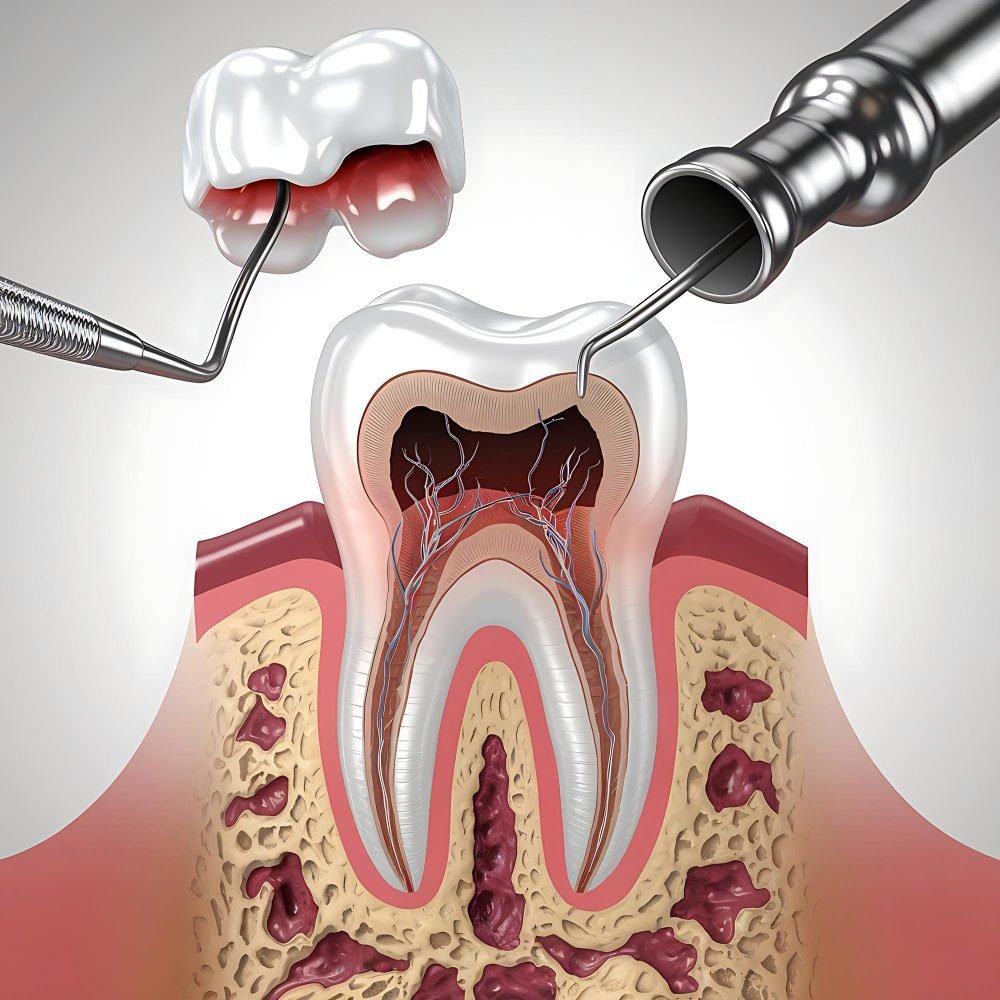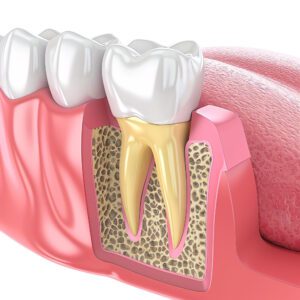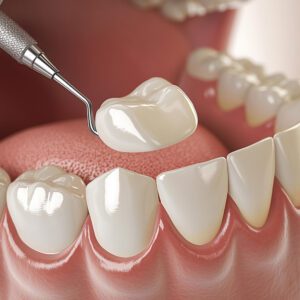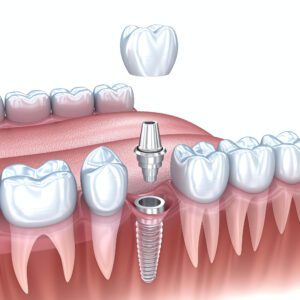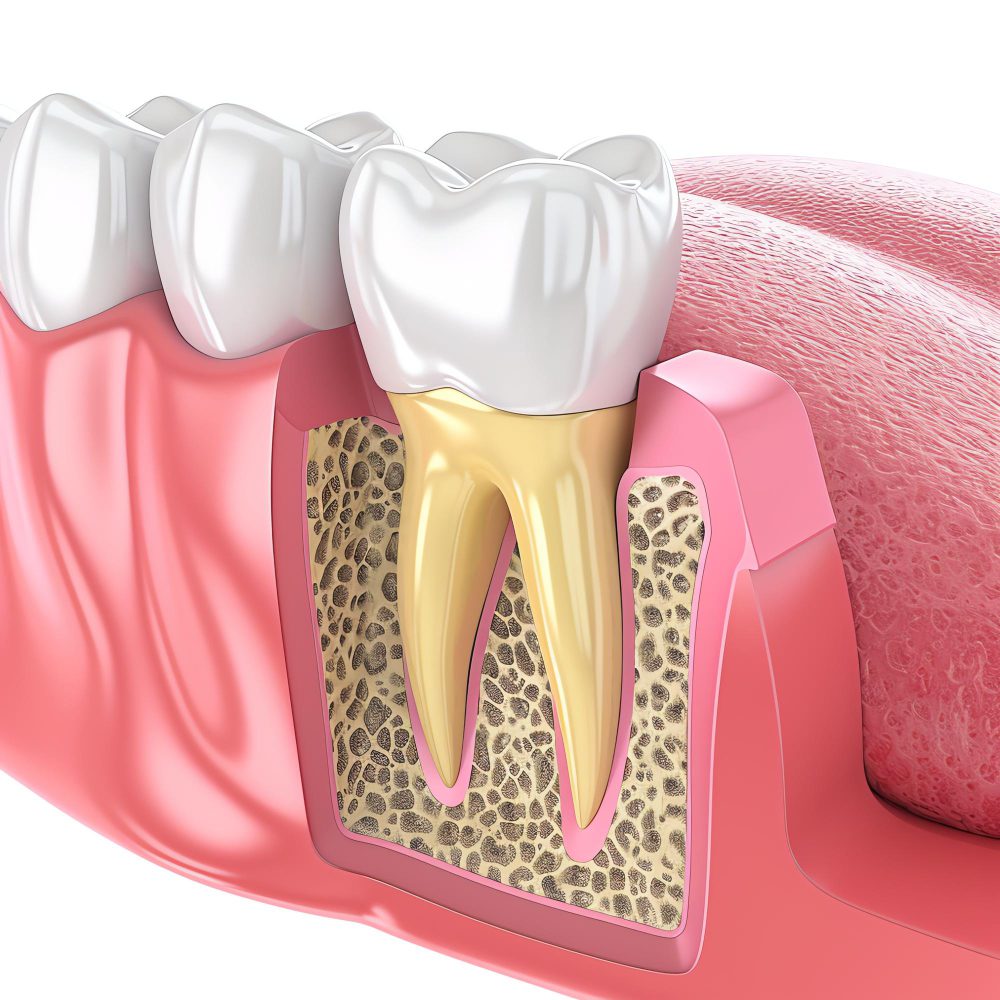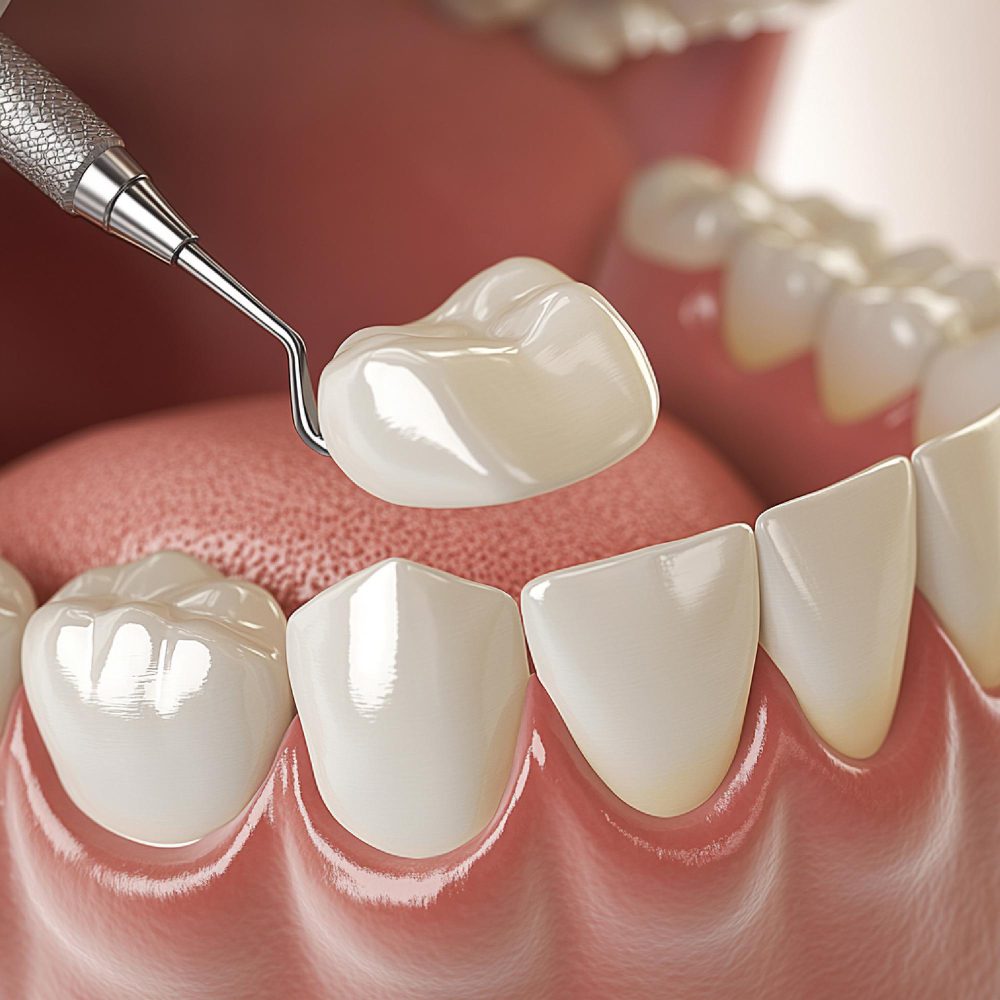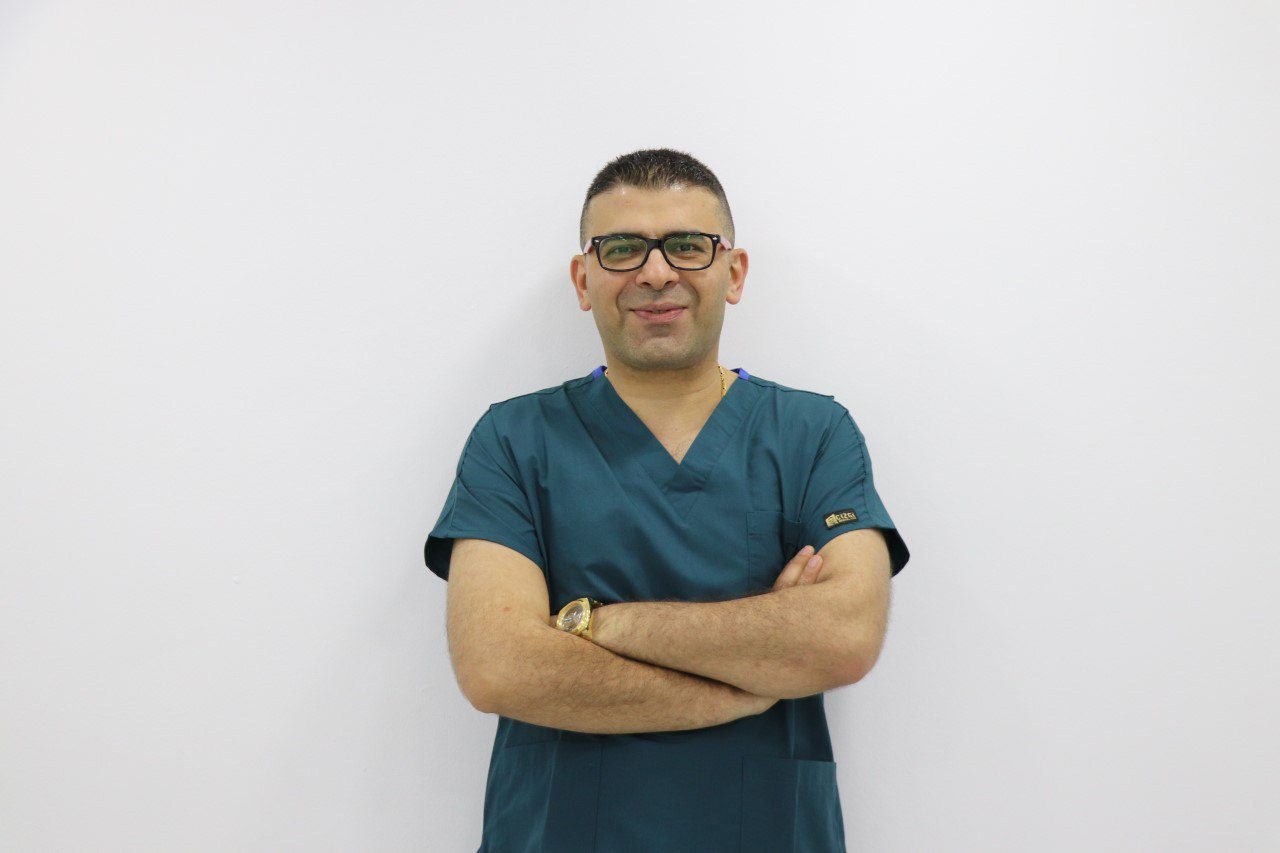Introduction
When tooth pain strikes suddenly and intensifies—especially at night or with hot or cold drinks—your body is sending a clear message: there’s a problem deep inside the tooth.
This is when root canal treatment steps in—not just to relieve pain, but to save the tooth from extraction.
In this article, we’ll take you on a unique, clear journey inside the tooth, explaining what goes wrong, when root canal is truly needed, and how the procedure is done. We’ll also introduce you to Dr. Abdurrahman Ozturk’s Clinic in Istanbul, one of the top dental clinics in Turkey for painless, high-precision root canal therapy.
What Is the Dental Pulp and Why Does It Get Infected?
At the core of every tooth is a small chamber called the pulp, made up of nerves, blood vessels, and connective tissue.
The pulp’s role is to:
- Nourish the developing tooth
- Send pain signals when something goes wrong
Over time, this sensitive tissue can become damaged or infected due to:
- Deep dental cavities (decay reaching the pulp)
- Cracks or fractures in the tooth
- Old fillings or repeated dental procedures
- Untreated gum infections
Once the pulp is inflamed or infected, the pain intensifies—and root canal therapy becomes the solution to save the tooth from within.
When Do You Need a Root Canal?
Not all toothaches mean a root canal is required, but key symptoms include:
🔹 Persistent and intense toothache
🔹 Extreme sensitivity to hot or cold
🔹 Darkening or discoloration of the tooth
🔹 Swelling of the gums or visible abscess
🔹 Bad breath or taste despite good hygiene
If you experience several of these, it’s time to consult a professional and take action to preserve your natural tooth.
Step-by-Step: How Is a Root Canal Performed?
Let’s break it down into clear, modern steps:
- Digital Diagnosis
3D imaging (CBCT scans) are used to assess the infection and root structure. - Local Anesthesia
Pain-free procedure—only mild pressure is felt during treatment. - Accessing the Tooth
A small opening is made in the crown to access the pulp chamber. - Cleaning and Shaping the Canals
Infected tissue is removed, and the root canals are cleaned with fine instruments. - Disinfection
The canals are flushed with antibacterial solutions to prevent reinfection. - Filling the Canals
The cleaned space is sealed with a biocompatible material (Gutta-percha). - Tooth Restoration
A dental crown is often placed to protect the tooth and restore its function.
Why Choose Dr. Abdurrahman Ozturk’s Clinic in Istanbul?
When it comes to high-precision, painless root canal treatments, few clinics compare to the quality and experience found at Dr. Abdurrahman Ozturk’s Clinic in Istanbul.
Here’s what makes it exceptional:
- Use of microscopic endodontics and digital imaging
- Specialized experience in complex and re-treatment root canals
- German-made rotary and disinfection systems for deep cleaning
- Multilingual team (English – Arabic – Turkish) for international patients
- Premium medical environment with a patient-first approach
Does a Root Canal “Kill” the Tooth?
❌ Absolutely not.
While the nerve is removed, the tooth remains functional. With proper restoration, it continues to chew, support the jaw, and retain your smile—without pain.
Root canal treatment aims to save the natural tooth, not replace it.
Conclusion
A root canal may sound intimidating, but in reality, it’s a safe, precise, and effective treatment—especially when performed by experts using the latest technology.
If you’re experiencing severe pain or have been told you need root canal therapy, we highly recommend Dr. Abdurrahman Ozturk’s Clinic in Istanbul, where advanced care meets patient comfort.
Don’t wait for pain to take over. Save your tooth. Start your healing journey today.

